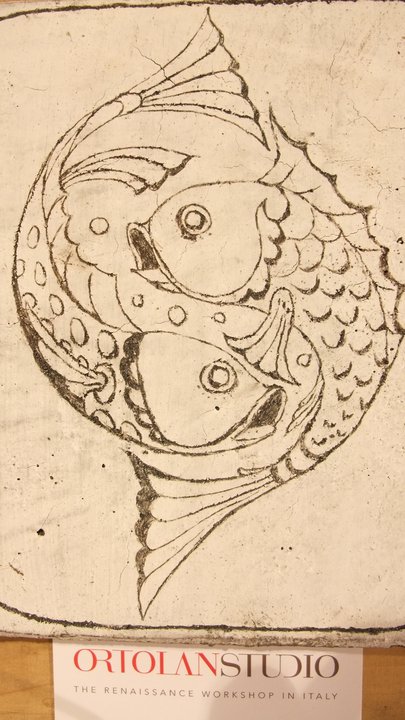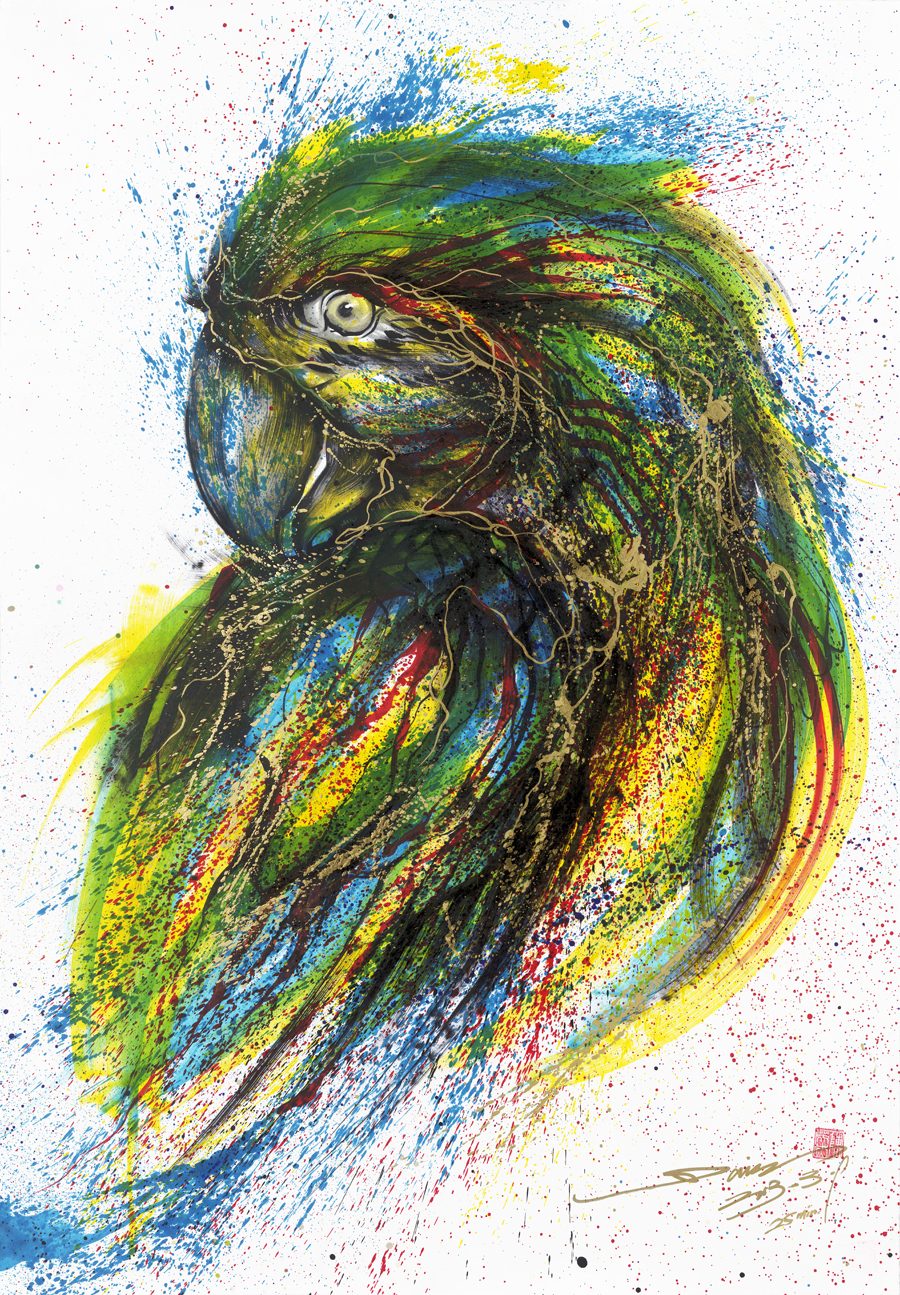

My approach here is not linear rather, I simply seek to trace out some historical patterns and correspondences, in much the same way that Giotto plots biblical constellations on his ceiling.Ībstract = "What does it mean to be contemporary? Giorgio Agamben suggests that that those who are contemporary are never entirely in-sync with their own era. Drawing partly on Proust and Benjamin’s thinking about recollection, as well as Paul Ricoeur’s idea of narrative time, I highlight the curious intersections of medieval and modern thinking about history. It is in this sense that I would like to explore the ‘contemporaneity’ of medieval artworks, like Giotto’s Scrovegni Chapel in Padua, as I consider how and why his celebrated fresco cycle conceptualises historical time. Rather than think of contemporary artworks in terms of periodisation, I suggest that contemporary artworks are those that engage with a philosophy of time they operate across eras, or cum tempus i.e. Those who coincide too well with the epoch, those who are perfectly tied to it in every respect, are not contemporaries, precisely because they do not manage to see it they are not able to firmly hold their gaze on it. More precisely, it is that relationship with time that adheres to it through a disjunction and an anachronism.

He writes in his celebrated essay on the subject that contemporary people are able to relate to time in an unusual way:Ĭontemporariness is, then, a singular relationship with one’s own time, which adheres to it and, at the same time, keeps a distance from it. What does it mean to be contemporary? Giorgio Agamben suggests that that those who are contemporary are never entirely in-sync with their own era.


 0 kommentar(er)
0 kommentar(er)
